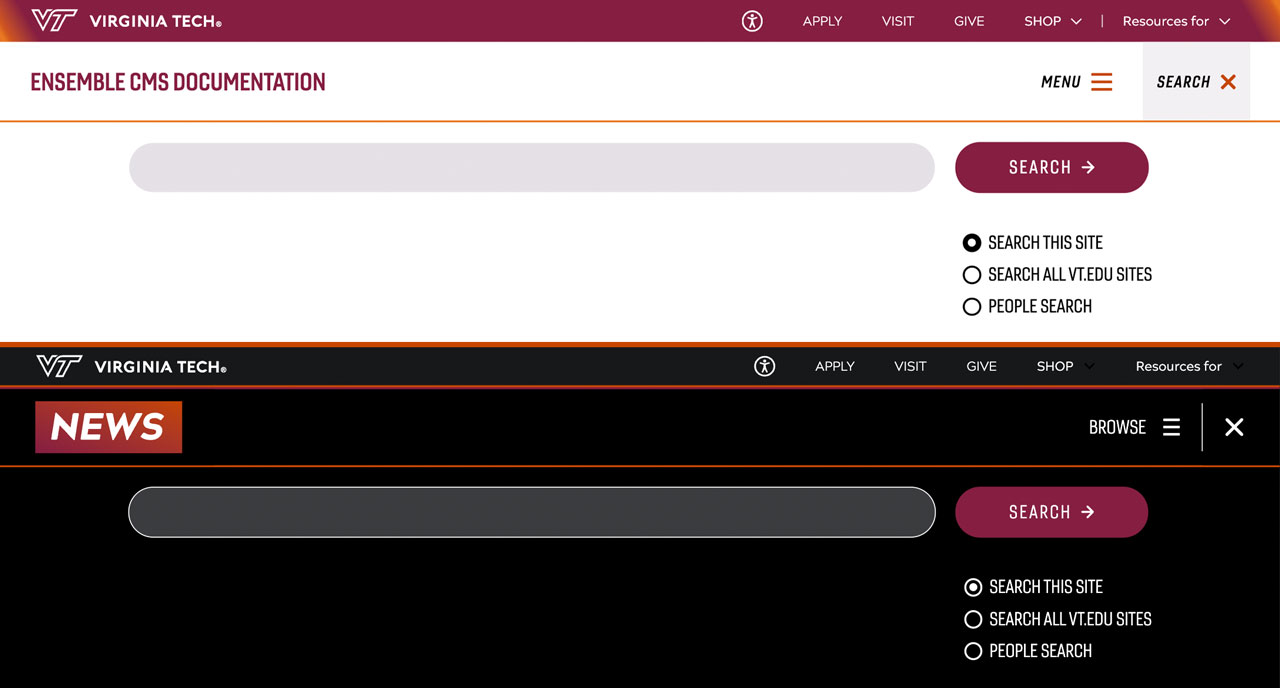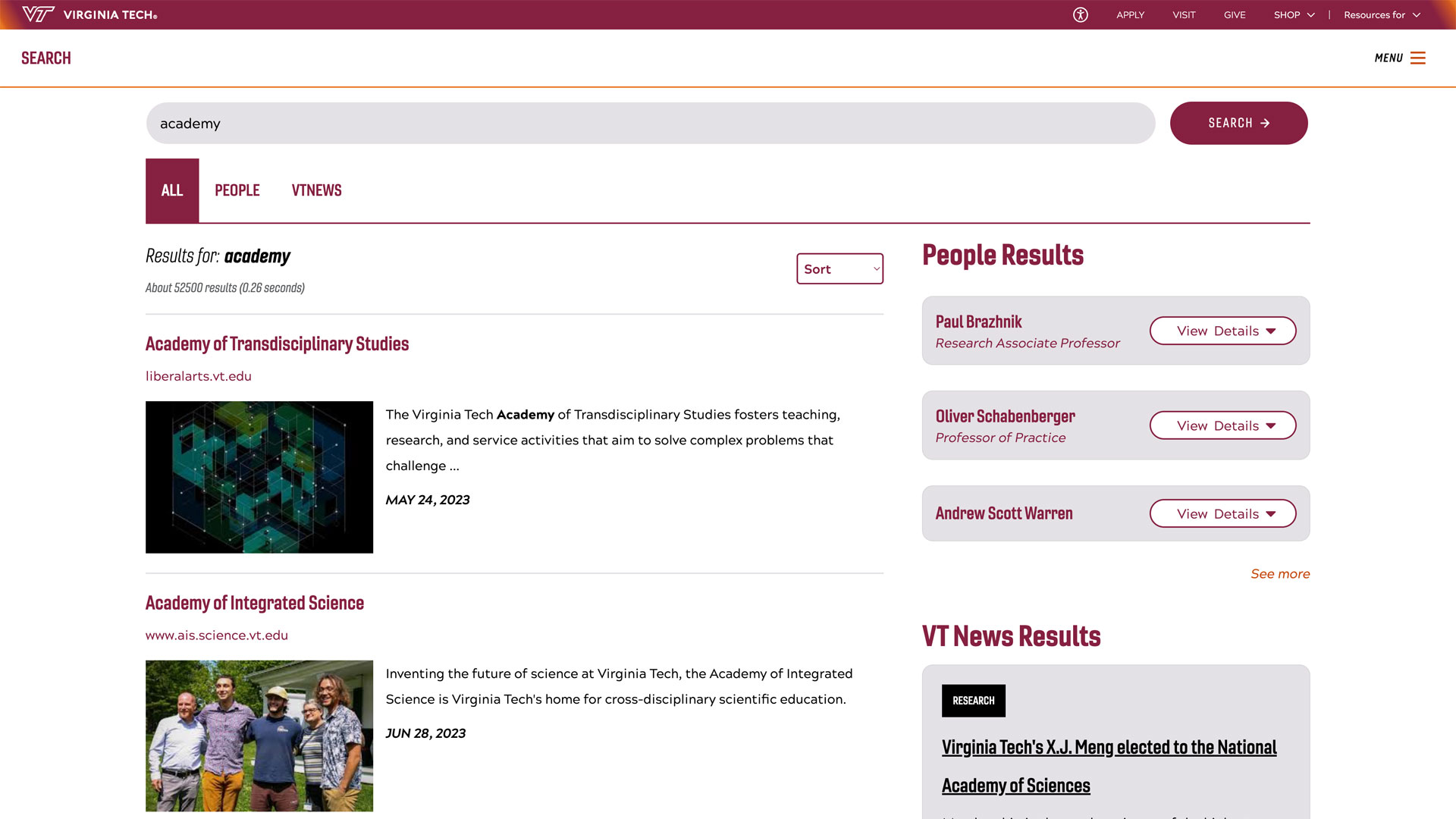Drone racing team finishes #1 in the US
April 14, 2025

The Virginia Tech Drone Racing Team formed in 2016 with two students. From that small group nine years ago, new pilots and a competitive league have emerged. As members graduate, those who remain in Blacksburg recruit new members and hold a race every fall to build interest.
Ethan Camin, an industrial and systems engineering major, is vice president of the team.
“A lot of people find the prospect of drone racing super interesting,” said Camin. “We get people who have never seen a drone before, some who have flown one, people from all majors and backgrounds.”
From the group who show initial interest, a smaller group commit to spend the time building their skills as a racing pilot. To build a championship team, the leaders spent the early part of the academic year bringing everyone up to speed.
“This year, we did something different,” Camin said. “We did a month-long training course where we taught the mechanical components of a drone, how it operates, the software and hardware, and the flight controls. That helped a lot of our members get a better grasp of what they’re actually doing.”
Building and flying
The team’s competitive drones are small flying machines with four spinning propellers, equipped with a camera which sends a live video feed to a headset worn by a pilot. This point of view has given this sport its name, “First Person View (FPV) drone racing.” The FPV race requires navigating a series of obstacles at high speed, competing for the fastest time.
The team also builds their own drones, a helpful skill for both producing the number of drones needed and determining how a crash might have impaired the ability to fly.
“Things break a lot in drone racing,” Camin said. “You’re flying 100 miles per hour through metal poles, inevitably something is going to break.”
Each pilot generally carries three or four drones so they can quickly get back in the air if something does go wrong.
They take their custom flyers to the Virginia Tech Drone Park every Sunday afternoon through the year, putting more experienced pilots elbow-to-elbow with those newer to the sport. Those more skilled in building and those who are more adept at flying push one another to become experts at both. Since the annual competition is based on total team performance, it is critical to have a deep bench.
Flying through a national competition
The training done by the team throughout the year was put to its ultimate challenge in April with the Collegiate Drone Racing Championship, held April 5-6 at the University of North Carolina at Chapel Hill. Last year, the team brought home the championship. This year, they were competing against 11 other schools with similar teams.

The first day of the competition included ten flights for each pilot, a qualifying round which establishes seeding positions similar to college basketball's March Madness. Team member Sean McLaughlin, a mechanical engineering major graduating in May 2025, emerged as the #2 seed overall. Kevin Ni, an electrical and computer engineering major, was seeded #5. As a team, Virginia Tech was the #1 overall seed.
The next day’s double-elimination competition bracketed 48 pilots based on those seeds, pitting them one-on-one against one other until a final four remained. Two of those four were McLaughlin and Ni, who finished with enough points to keep Virginia Tech at the top.
While the drive to win keeps the team focused, Camin is also struck by the sense of community that forms while replacing propellers and teaching peers to improve their soldering ability.
“At the end of the day, you’re hanging out with other college kids,” Camin said. “Whether you’re the fastest pilot or the slowest pilot, you’re surrounded by students who are doing something similar to you, and they all have the same passion. It’s just an awesome time.”
Sponsorship for the team comes three industries in their sport: Five33, HQProp, and WREKD.










